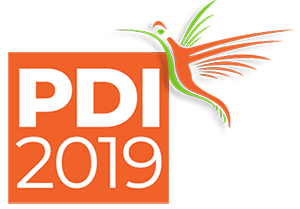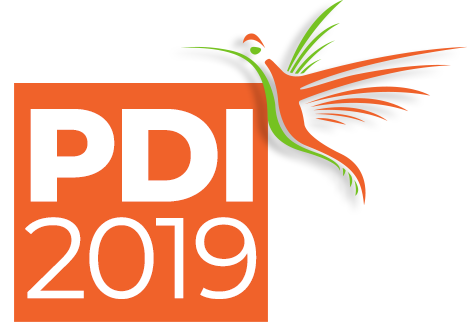Assistant Professor Dragana Nikitovic


Assistant Professor Dragana Nikitovic, PhD, ERT
Laboratory of Anatomy-Histology-Embryology, Medical School, University of Crete
AUTHOR: Dragana Nikitovic, PhD, ERT
Allergic contact dermatitis (ACD) is the most frequent among skin diseases and results upon skin contact with allergens. This particular type of allergy occurs after the mistaken response of the immune system resulting in sterile inflammation. The term “sterile” refers to the type of inflammation caused chemically or by injury and not by pathogens. More accurately, contact allergens are low molecular weight chemicals (<1000kDa) the so-called haptens, unable to be recognized by the immune system due to their size. Thus, their absorption by the skin is followed by binding to a skin macromolecule, leading to the formation of a complete antigen. Subsequently, innate immune cells, likewise keratinocytes, cause maturation and migration of dendritic cells, which are in turn implicated at T-cells activation. Keratinocytes are important mediators in all phases of ACD progression. The extracellular matrix (ECM) is a complex network of molecules secreted by the cells, consisting of proteoglycans (PGs), glycosaminoglycans (GAGs), collagens and laminins. The ECM components participate in a variety of biological functions such as proliferation, adhesion, angiogenesis, cell motility, inflammation by activating specific signaling pathways, and finally mediating disease progression. Consequently, in all tissues inflammation, initialization and propagation can be supported by ECM-derived signals. Indeed, during ECM modification Damage Associated Molecular Patterns (DAMPs) are liberated namely, endogenous molecules that trigger and sustain inflammation. Skin exhibits high deposition of the glycosaminoglycan hyaluronan (HA) which under conditions of stress is degraded to Low molecular weight hyaluronan (LMWHA). Importantly, LMWHA has been characterized as DAMP and has been suggested to contribute to ACD through supporting keratinocyte sensitization. Toll like 4 (TLR4) is an innate immunity receptor implicated in ACD. Recent advances on contribution of TLR4 signaling in mediated by HA keratinocyte senzitation will be discussed.
SHORT CV
Dragana Nikitovic is an Assistant Professor at the School of Medicine, University of Crete (UOC) in Heraklion, Greece. She earned BSc in Biochemistry from the Faculty of Natural Sciences, University of Belgrade, Belgrade, Serbia in 1992, and earned a half-time PhD diploma in Department of Medical Biochemistry and Biophysics, Karolinska Institute, Stockholm, Sweden in 1998 as well as Doctor of Medical Sciences degree (PhD) from the Medical School, UOC in 2008. Dr Nikitovic has carried out pre-doctoral research at Queen Mary and Westfield College, University of London, UK in 1993.
Dr Nikitovic is co-author of 84 original publications or reviews and 5 book chapters. She has acted as Editor and Reviewer for numerous International Peer Journals and was member of congress organizing committees. Her research interest are the in the areas: Matrix Biology, Tumor Biology and Signal Transduction, Disease Markers, Molecular Targets, Inflammation, Biological Testing, Cytotoxicity. Emphasis is given to extracelluar matrix components signalling and especially to their implication in tumorigenesis and inflammation.
Contactează operatorul PDI 2019
Operatorul PDI 2019
Adresa: Str. A. Panu nr. 13, Iasi
Tel.: 0332.40.88.00-05
E-mail: inscrieri@pdi.ro/2019
Website: www.eventernet.ro
